
Note: This article was originally published in 2007. It has been reformatted and republished in 2013.
The winter game is a tough one and a cool head, warm body and eye for conditions will all help to get you up your chosen route...
In discussing the rack requirements for a winter climber one could cite the extremely 'minimalist' gear used by Patey on Eagle Ridge in 1953 or Smith on his eponymous Nevis ice route in 1960. By comparison we now have a fantastic array of hardware at our disposal. This is great as, let's face it; most of us are pretty keen to stack the odds in our favour as much as possible.

Adapting your rock climbing rack
Quickdraws – We are always getting told 'light is right' and of course there is a lot in this. In winter however beware of going a compromise too far. Karabiners need to be big enough so they are easy to clip with a cold, gloved hand and large wire gates are my favourite. Quickdraws that extend into 4ft slings are more flexible than sport style clips as the sling can be used for tying off ice-screws, icicles or pegs and extending runners more effectively. Using a bandolier to carry your shorter quickdraws is not a bad idea as the back of your harness is a lot harder to get to with a rucksack and various extra layers on.
Nuts – 'Beware your nuts getting winterised!'...when you gently tap (or, more likely, desperately pound them) into icy cracks with your sharp picks. Nuts with split wire cables not only rip your clothes and tongue but might break so bin them and be more careful how you 'encourage' them in with your pick next time!
Hexes – Modern 'Rockcentric' style hexes are 'the business' in winter offering large but light protection options. They can be strongly encouraged into cracks, ideally with your hammer, and are far less vulnerable than cams to the 'slippery crack' phenomenon mentioned below. So if you're of the summer rock cat variety that wouldn't be seen dead with a harness full of swinging hexes....think again. The only question you need to ask is....wire or tape? Try, or even take, both as the pros and cons seem about equal to me.
Cams – Cams and ice are a seriously bad mix and all winter climbers should be aware of the severe limitations of cams in verglassed cracks. However, when the rock is dry or just frosted they can be a great asset to protecting the pitch. If you're buying new cams try operating them with gloved hands in the shop. Some are more 'winter friendly' than others. Black Diamond Camelots are my favourites.
Specialist winter protection....
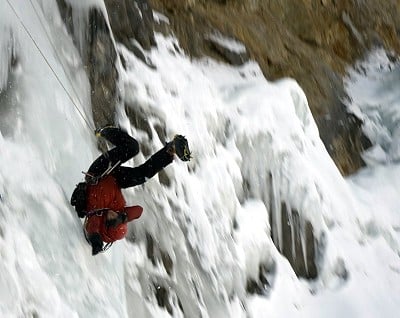
Match the length of the screw with the depth of the ice. So use stubby screws in thin ice rather than tying off longer ones and have a variety of lengths. I take two long (22cm) screws for belays and making threads. Don't forget your Abalokov threader and some spare tat.
Pegs - Most popular mixed routes are well endowed with 'clean' runner placements and generally do not need pegs to protect them. However on the days when everything is liberally plastered in verglas they may save the day. For folk heading off to more obscure routes or venues they become an invaluable asset and I know of several active new routers who carry large racks of pegs from knife blades right through to fat bongs. Ice or mixed, I will generally have 3-4 pegs on my harness but that is usually where they stay.
Ice Hooks - Whilst placing these on ice is likely to be for psychological value only, occasionally, on mixed routes, they do seem to provide a runner when nothing else will do. A friend new routing in Torridon last season got committed on steep, serious ground and a hook was the only piece of gear he could find. After an agonising lower off he coolly flicked the ropes and the hook popped right out. Gulp!

Dead Men – I generally reckon for snow belays I can construct something adequate with my axes and a bucket seat. So, like a nut key, I don't bother taking an extra bit of kit to do a job I can already do with my tools.
Screamers & Belay Plate - All the above wintery protection may be assisted by using a shock absorbing quick draw or 'Screamer!' These are too beefy to carry lots of. I usually use 2, one on the first runner and the other on the next bit of gear that seems remotely 'dodgy!'
Finally, all this well chosen, well placed gear won't count for much if your mate drops you because of cold, gloved hands and the slippery combination of traditional belay plate with modern skinny ropes. Make sure you have a belay plate suitable for the diameter of the ropes you're using.
Packing
If you are really tuned into current mountain conditions from recent trips or reliable beta pack specifically for the route you want to do. If you're not sure what's happening up there keep an open mind and large, flexible rack so you can make the best of whatever the current mountain conditions turn out to be.
Have a great season and keep those fingers crossed for plunging isotherms, frosty buttresses and ice choked gullies.

About The Author:
Rob Jarvis, owner of Highland Guides, is a fully qualified British Mountain Guide, (IFMGA) and UK Mountaineering Instructor (MIC).
Rob introduces his company:
"Highland Guides is a small mountaineering company run by myself, Rob Jarvis, offering all aspects of UK climbing, mountaineering, guiding, instruction and advice. We specialise in tailor made courses for individuals and small groups. Please have a good browse around this site and check out our exciting summer and winter programmes, alpine and expedition training ideas and demanding range of mountain challenges. Have a look at our conditions and trip reports, the advice articles, and for even further inspiration, the gallery and cinema."

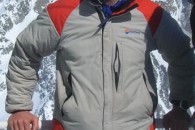

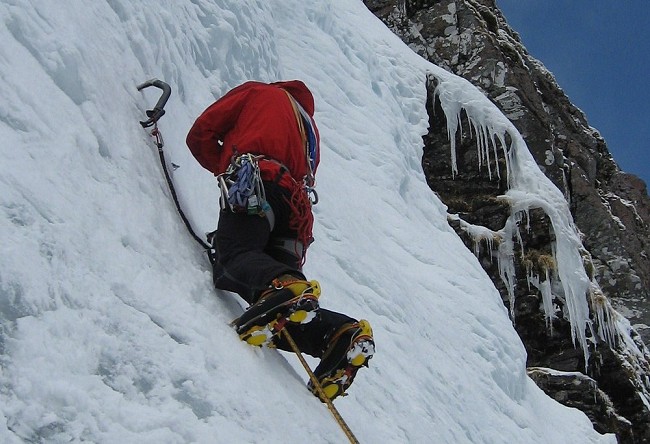
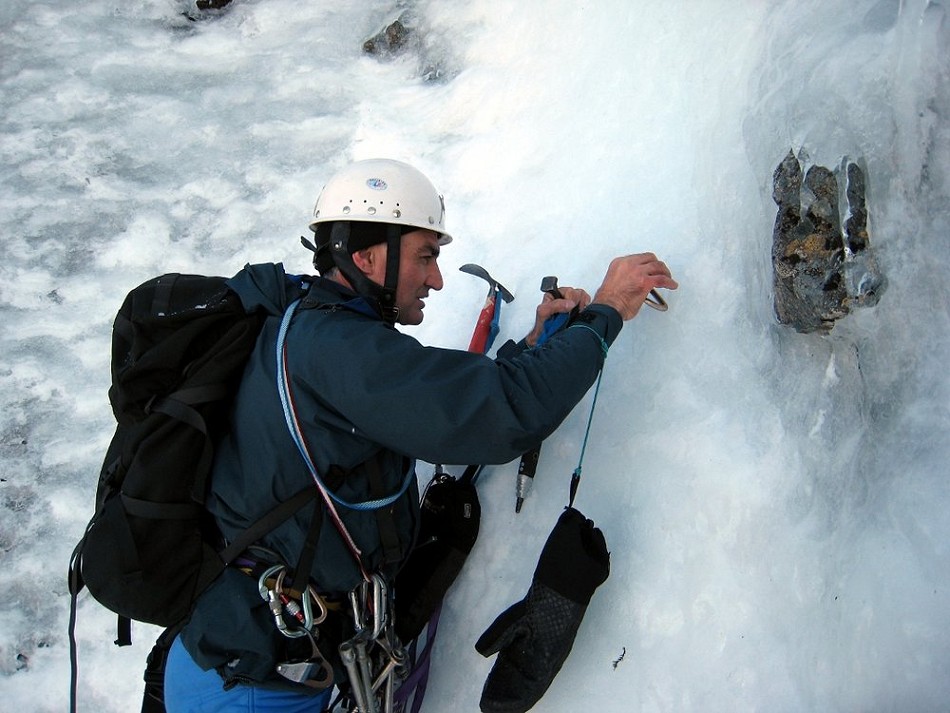


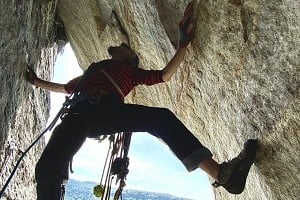
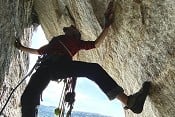
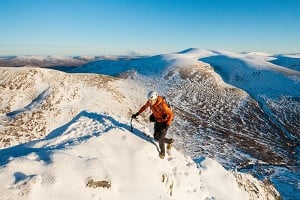
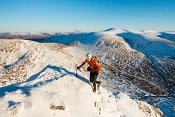






Comments